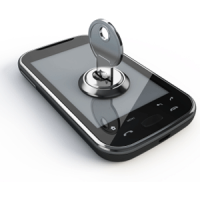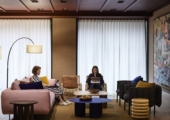December 5, 2014
Office workers have five key ways to get some peace and quiet at work
 According to a new study carried out by market researchers IPSOS and the Workspace Futures Team of office furniture maker Steelcase, office workers are desperately seeking privacy within open plan settings, where they can function effectively and complete work without being driven to distraction. As a result people are increasingly in need of more choice and control over how they work and are using a number of ways to seize it. Less than half of those surveyed (41 percent) claim they have the opportunity to undertake important work privately. The report claims that this does not mean that workers are looking to turn back the clock to the days of cellular offices because they ‘enjoy the buzz of the open plan office’ but are seeking peaceful retreats within them, depending on their own definition of what privacy means.
According to a new study carried out by market researchers IPSOS and the Workspace Futures Team of office furniture maker Steelcase, office workers are desperately seeking privacy within open plan settings, where they can function effectively and complete work without being driven to distraction. As a result people are increasingly in need of more choice and control over how they work and are using a number of ways to seize it. Less than half of those surveyed (41 percent) claim they have the opportunity to undertake important work privately. The report claims that this does not mean that workers are looking to turn back the clock to the days of cellular offices because they ‘enjoy the buzz of the open plan office’ but are seeking peaceful retreats within them, depending on their own definition of what privacy means.























November 23, 2014
Five ways BYOD policies are changing the role of IT in the workplace
by Himanshu Sareen • Comment, Flexible working, Technology
(more…)